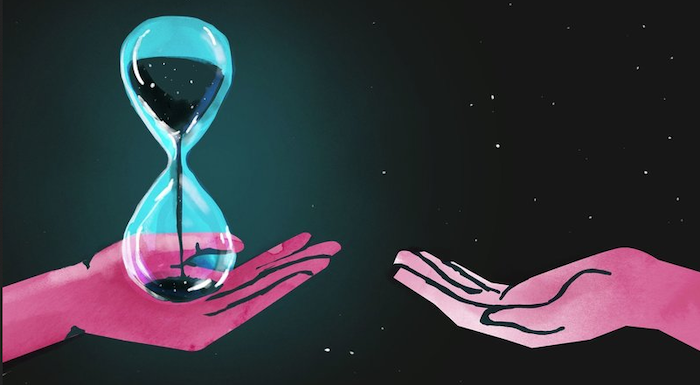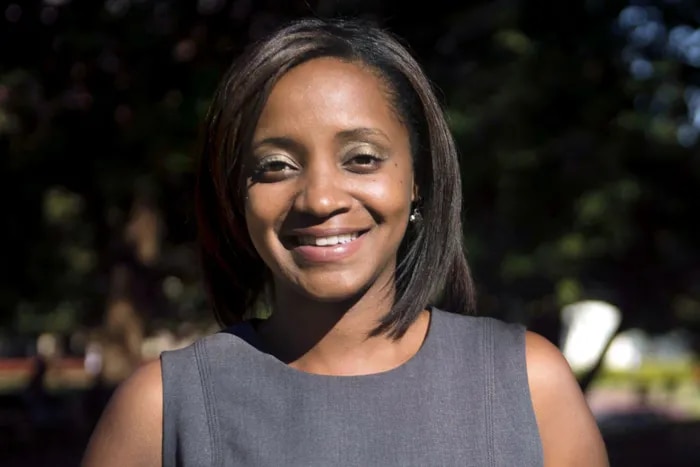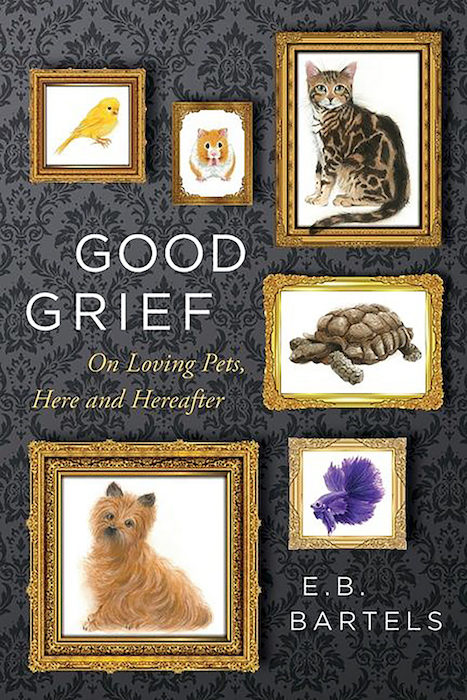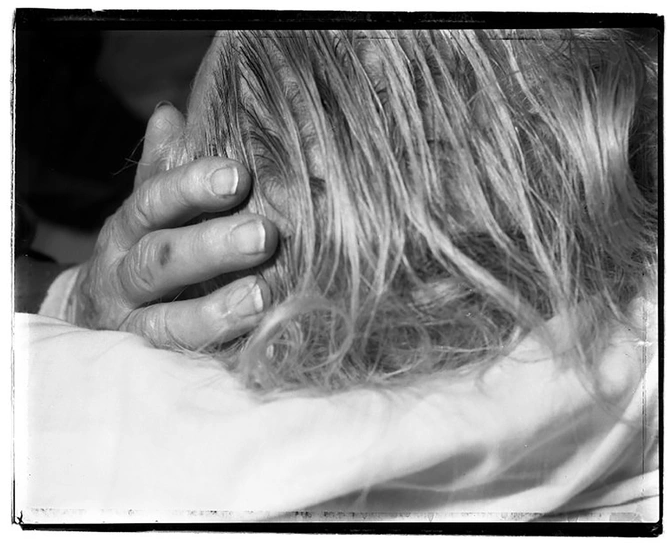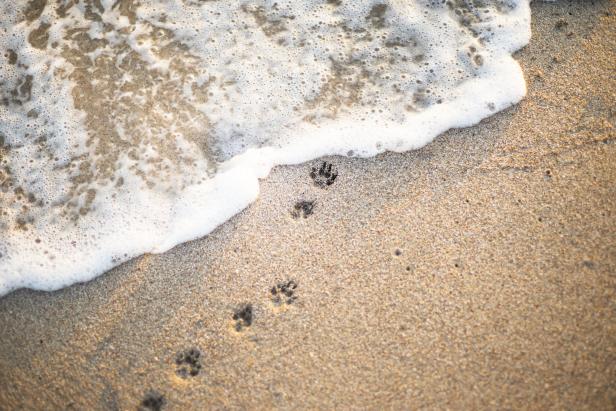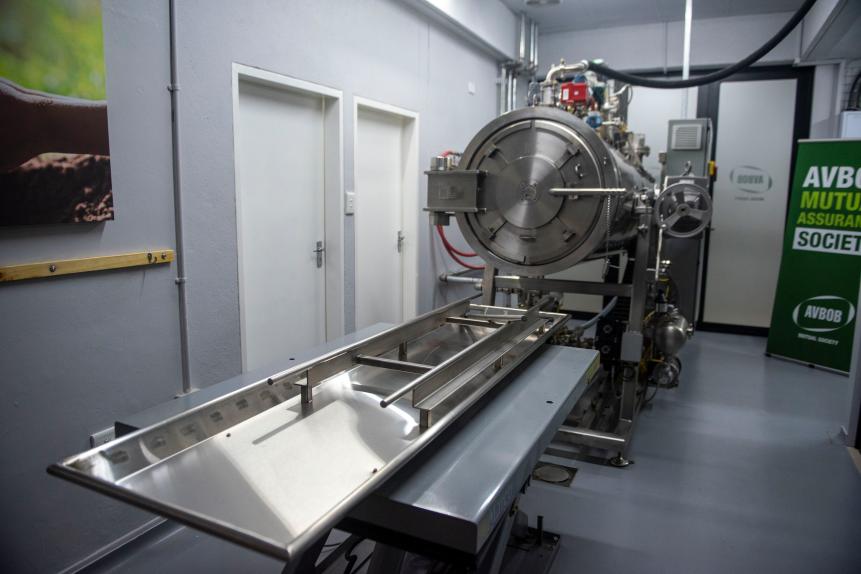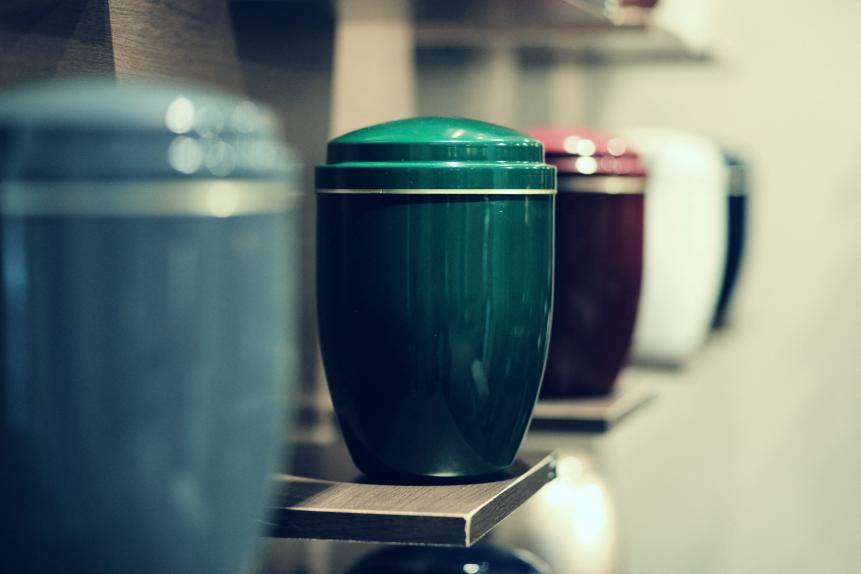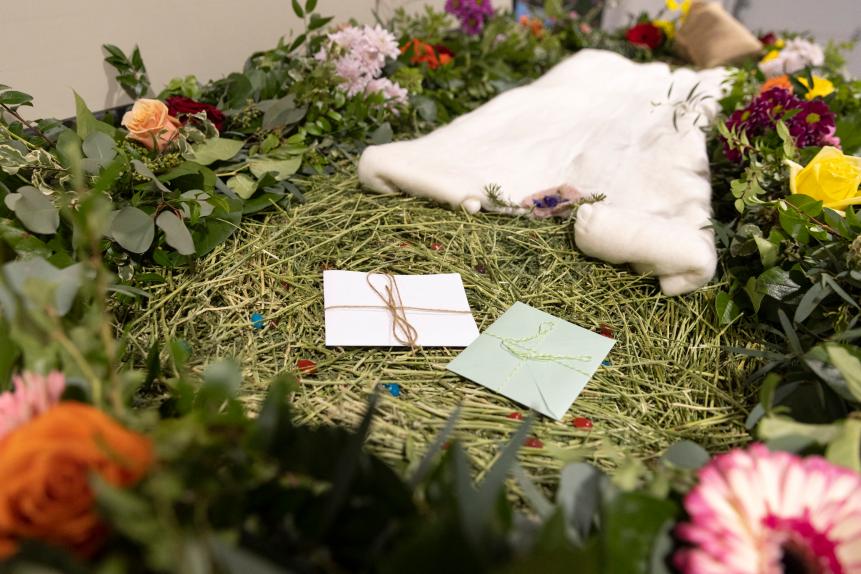When Ves Pineda attended the funeral of her friend earlier this year, she expected it to be a sombre occasion. To her surprise, and despite the gravity of her grief, Pineda found herself laughing and drinking with her pals during the wake, as they reminisced about all of the adventures they had shared with their late friend.
Instead of wallowing in an atmosphere of pervasive sadness, Pineda felt joy. She decided, then and there, that when she passes, she would like her loved ones to feel the same.
“I thought to myself, this is how I want to be remembered,” Pineda, who lives in Sydney, tells Body+Soul. “Of course, when you lose someone it’s sad, but I want my funeral to celebrate who I was, and I’m not a sad person.”
To ensure her final goodbye will be one that she would have wanted, Pineda, 62, quickly set about planning her own funeral. And while it may sound morbid, making such early arrangements is a trend that’s quickly picking up steam.
According to Carrie Siipola-Fortunaso, a pre-planning consultant for funeral service provider Guardian Plan, since the beginning of the Covid pandemic, “People have told me that planning their own funerals has become more important to them.”
As well as realising that they would rather spare their family the financial and emotional burden of planning a funeral, many people began to think about their own mortality and how they would like to be remembered, Siipola-Fortunaso says. “People started to move away from the thinking that funerals involve walking into a chapel, having a service and sharing stories about their loved ones,” she adds.“With a bit of planning, your funeral can be anything you want it to be.”
For Pineda, her funeral planning process began with a simple conversation. “I sat down with my husband and daughter and we talked about the things that I love, everything that makes me ‘me’ and how we could weave those into the service,”she explains. “The more I thought about it, the more it made sense to put down on paper the ways I want my friends and family to come together and remember me when the time comes.”
Planning your own funeral, while ensuring that you receive the send-off you’ve always wanted, can also alleviate some of the strain placed on your loved ones in the aftermath of your death. “It definitely takes the pressure off family and friends who often feel rushed to make important decisions while grieving,” Allison Barrett, owner of event-planning business My PerfectParty, tells Body+Soul.
By formalising your ideas now, you lower the risk of future confrontations arising between your loved ones after you’ve passed. “The more we know about each other’s wishes, the easier it can be to make decisions when we are freshly grieving,” clinical psychologist Jo Lamble tells Body+Soul.
But try to keep things flexible because being too rigid may also incite arguments. “Some negative emotions can arise when the person planning their own funeral makes decisions that will be difficult to carry out, such as forbidding certain people from attending,” Lamble explains. “Leave a little scope for others to celebrate your life in their own way – it makes it easier for those left behind to grieve.”
So, do you need to wait until you’re dying to begin planning your funeral? Absolutely not, assures Barrett, who has told her own family that she would like guests to nibble on party pies and dance to ABBA’s ‘Dancing Queen’ at what she calls her “party wake”.
“Unfortunately, many people don’t plan anything, but many funeral homes would like you to plan in advance,” she advises.“You don’t need to pre-pay, but you can pre-plan and leave your funeral plan with a preferred funeral home.”
Siipola-Fortunaso agrees, adding that if you do decide to pre-pay now, it can help you lock in a price without having to worry about inflation. While it may not be something you ever wanted to do, planning your own farewell can ultimately prove to be an act of empowerment that allows both you and your loved ones to feel a sense of peace around your eventual passing.
“As the saying goes, we can be hit by the proverbial bus at any time, so it’s worth having some general chats about what you’d like at your funeral, whenever that may be,” Lamble adds.
For Pineda, the fact that there is now a degree of certainty around her final goodbye has given her immense relief. “It brings me a lot of comfort to think that when I leave this Earth, the people I love most will be together,” she says, “hopefully sitting in the sunshine on a clear morning, drinking rosé and listening to mellow ’80s hits – the stuff I used to dance to in my 20s.”
3 ways to turn your service into a celebration
Allison Barrett, owner of My Perfect Party event-planning business, shares her advice for arranging a funeral your guests can smile about.
1. Stick to what you know
Serve your favourite food and drinks, ask guests to wear your favourite colours (or bright colours), and play the music you love most. You might consider live music, or asking a family member to sing (if they can).
2. Bring the laughs
Ask family members and friends to make short speeches and let them tell funny stories about you.
3. Make it personal
Put together a photo presentation of your life and choose your favourite songs to accompany it – this has been done for years and is still really popular. And there are now coffins that can be personalised with your favourite footy team colours, or with notes from funeral guests.
How to start preparing for your final goodbye
Carrie Siipola-Fortunaso, pre-planning consultant for Guardian Plan funerals, says there are two key things you need to know.
1. What you want
First, think about the most basic question – do you want to be cremated or buried? Then start thinking about what your final party will look like. When helping someone plan their funeral, I try to find out how they grew up, what their hobbies are and what they enjoy in life. I use this to come up with a funeral plan that is reflective of who they are.
2. The admin
A copy of your funeral plan contract should be provided to your next of kin and the executor of your will. You can also provide a copy to your solicitor and other family members so that all are aware of your wishes. I suggest my clients email a copy of their plan to their family for easy access.
You should also print out a hardcopy to be retained with all estate-planning documents. It is a good idea to include it in your will – although we often find that the will is not read until after the funeral has taken place.
Complete Article ↪HERE↩!
— California needs green burial options

By Amelia Gallegos
For as long as I can remember, I have been fascinated by death. As a child, it inspired my curiosity about the life cycle. As an adult, it inspired my career. As a funeral director who specializes in environmentally-friendly funeral services, I meet many Californians who reach out wanting to find the most sustainable deathcare option.
That Californians would want sustainable alternatives to traditional burial and cremation makes sense. California has long been a leader when it comes to environmental protections. But there’s no reason those protections can’t extend through a person’s entire life cycle.
Traditional burial and cremation practices are disastrous for the environment. Traditional burial puts over 800,000 gallons of formaldehyde (a known carcinogen), 104,000 tons of steel, 1.6 million tons of reinforced concrete, and 30 million board feet of hardwood in the ground across the United States every year. For perspective, that is more steel than was used in the construction of the Golden Gate bridge. Every year.
Cremation presents its own issues. The average cremation emits an estimated 534.6 pounds of CO2. With 300,000 people dying in California in 2020, and 65% of Californians choosing to be cremated, our state released well over 100 million pounds of CO2 in cremations that year alone. During the pandemic, air quality standards in Los Angeles had to be suspended to allow for the backlog of cremations.
Californians and the planet deserve better.
“Human composting,” or natural organic reduction (NOR) is a regenerative, sustainable alternative to traditional burial or cremation that gently transforms the body into a cubic-yard of nutrient rich soil. In NOR, a body is placed in a steel vessel on a bed of wood chips and other biodegradable materials that allow it to naturally decompose. Once the decomposition process has fully converted the remains into soil—a process that typically takes around 30 days—the soil is then returned to the family. From there, families can decide to scatter or plant with the soil or to donate it to be used for land conservation and restoration.
Ranging in cost from $5,500 to $7,000, NOR is cheaper than traditional burial in California—which costs on average $7,225—and is comparable in cost to cremation in the state—which has an average price tag of $6,028. But unlike traditional burial and cremation, NOR actually supports the environment.
In 2019, Washington became the first state to legalize NOR, followed by Colorado, Oregon and Vermont. Environmentally conscious Californians I meet that are planning to have their body transported out of state in order to access NOR tell me they’re doing so because they want their last act to mirror how they lived their lives. They want their passing to have a positive environmental impact.
Fortunately, Californians seeking NOR may soon no longer have to travel out of state. Earlier this year, Assemblymembers Cristina Garcia and Robert Rivas introduced AB 351. The bill, which passed in the state legislature with strong bipartisan support, would legalize NOR in California—making ours the fifth state in the nation to approve soil transformation deathcare. The bill is currently awaiting approval from Governor Newsom.
True, Californians already have some green alternatives to traditional burial and cremation. Green burials, in which a body is buried in a shroud and water cremation, first legalized in 2017, are both options. But having some eco-friendlier alternatives doesn’t preclude the state from providing its residents with another—especially when that option offers significant savings in carbon emissions, water, and land usage.
Nothing is more clear and natural in death than returning to the earth itself. By signing AB 351 into law, the governor can ensure that every Californian has the option to choose the most sustainable option in deathcare.
Complete Article ↪HERE↩!
